How to Identify 4 NYC Native Trees by Their Bark
By Natural Areas Conservancy on January 16, 2024
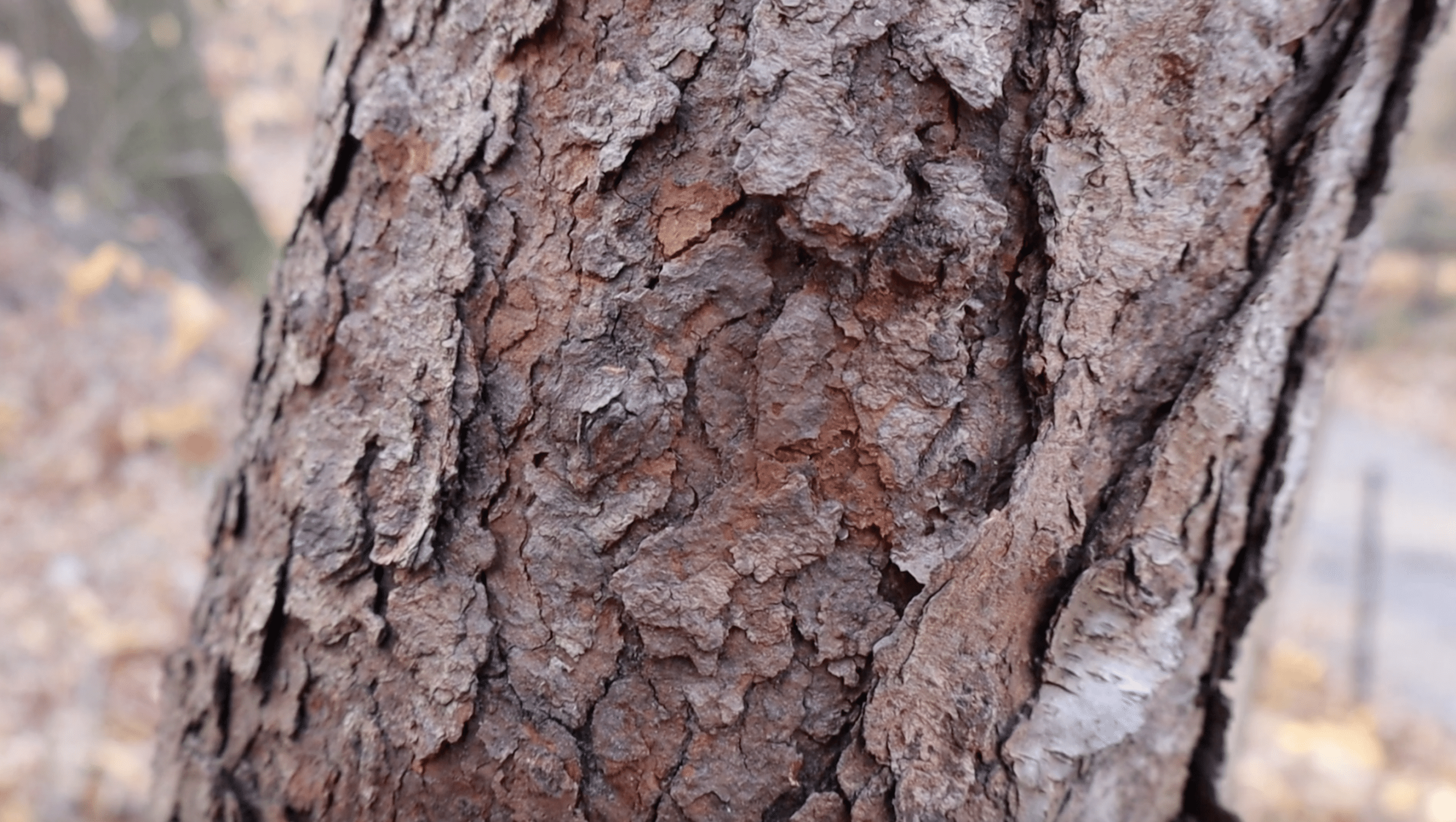
By Natural Areas Conservancy on January 16, 2024

It’s winter in New York City, and now that leaves have fallen off trees, it can become harder to identify them. But don’t fear, their bark isn’t going anywhere, and is just as useful for IDing!
Last month NAC’s Sophie Plitt took us to the North Woods in Central Park, for a fun “Bark in the Park” excursion! She offered some tips for identifying four common native trees that, with a little exploring, you can find in your local park too. Read on below to learn more about these trees, and what makes their bark unique!
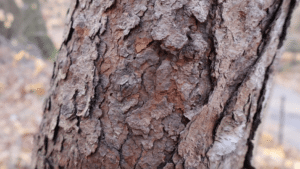
Black Cherry
Prunus serotina
In the spring and summer you’ll likely notice a Black Cherry tree for its beautiful white delicate flowers, which are important sources for pollinators like bees. This tree also produces small tart black cherry fruit, which hang in bunches, and are a relied upon food source for birds and squirrels. But without those hallmark traits in winter, you can identify a Black Cherry tree by its unusual bark.
Black Cherry bark traits:
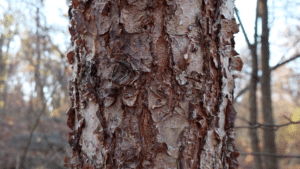 River Birch
River Birch
Betula nigra
You can find River Birch trees all across the eastern United States. One tell-tale sign of a River Birch is that they grow in a multiple trunk formation, with two or more separate trunks stemming from a base. This tree gets its name “River” (it’s also known as Water Birch), because they like to grow near a water source.
River Birch tree bark traits:
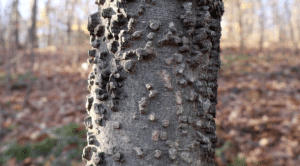 Hackberry
Hackberry
Celtis occidentalis
The Hackberry is another common native tree found in the north eastern part of the United States. In the spring, they produce small tart berries (that almost look like small red grapes), which are a vital food source for birds like cedar waxwings and woodpeckers.
Hackberry tree bark traits:
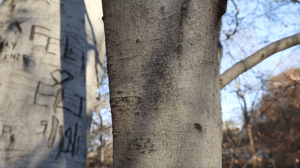 American Beech
American Beech
Fagus grandifolia
The American Beech is not shy in winter! Even in the cold months, you can find small pointy buds at the tips of their branches. You’ll also notice that they often hold their leaves throughout the season. The beech tree produces edible nuts that small mammals like raccoons and squirrels love to eat. These nuts have some historic significance, as they were collected by early European settlers to make cooking and lamp oil.
American Beech tree traits:
We hope you can get out into your local natural areas this season and look out for these trees and their stunning bark! While you’re there, keep your eyes peeled for common winter wildlife.
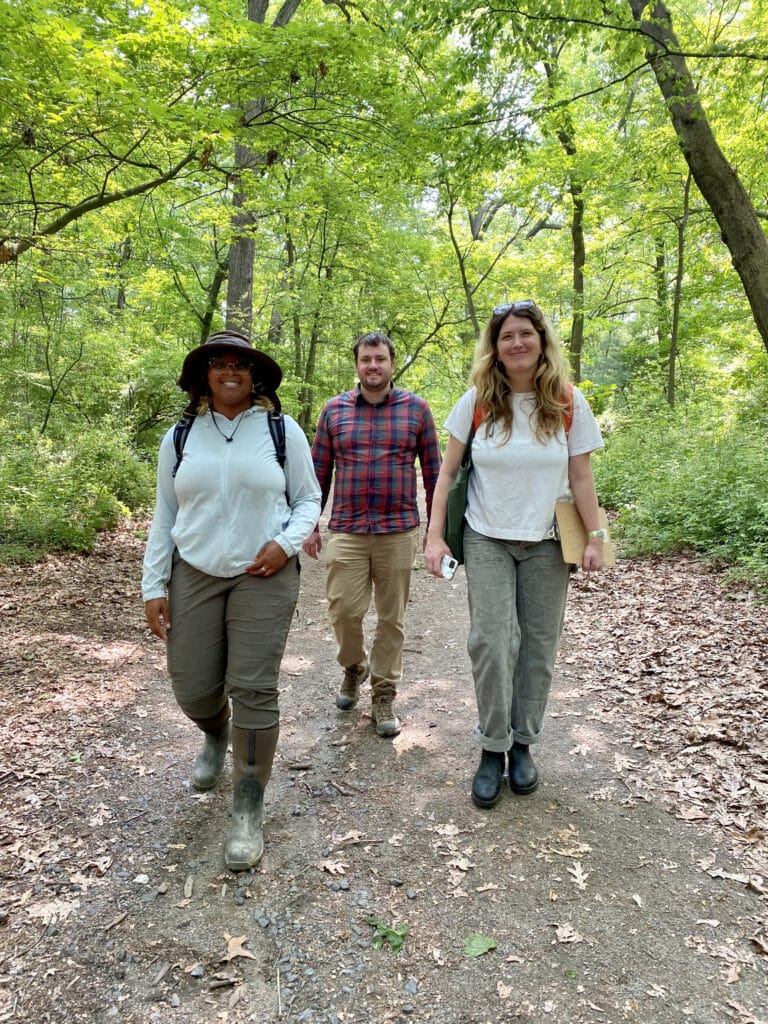
Visit our list of upcoming events and tours.
View events